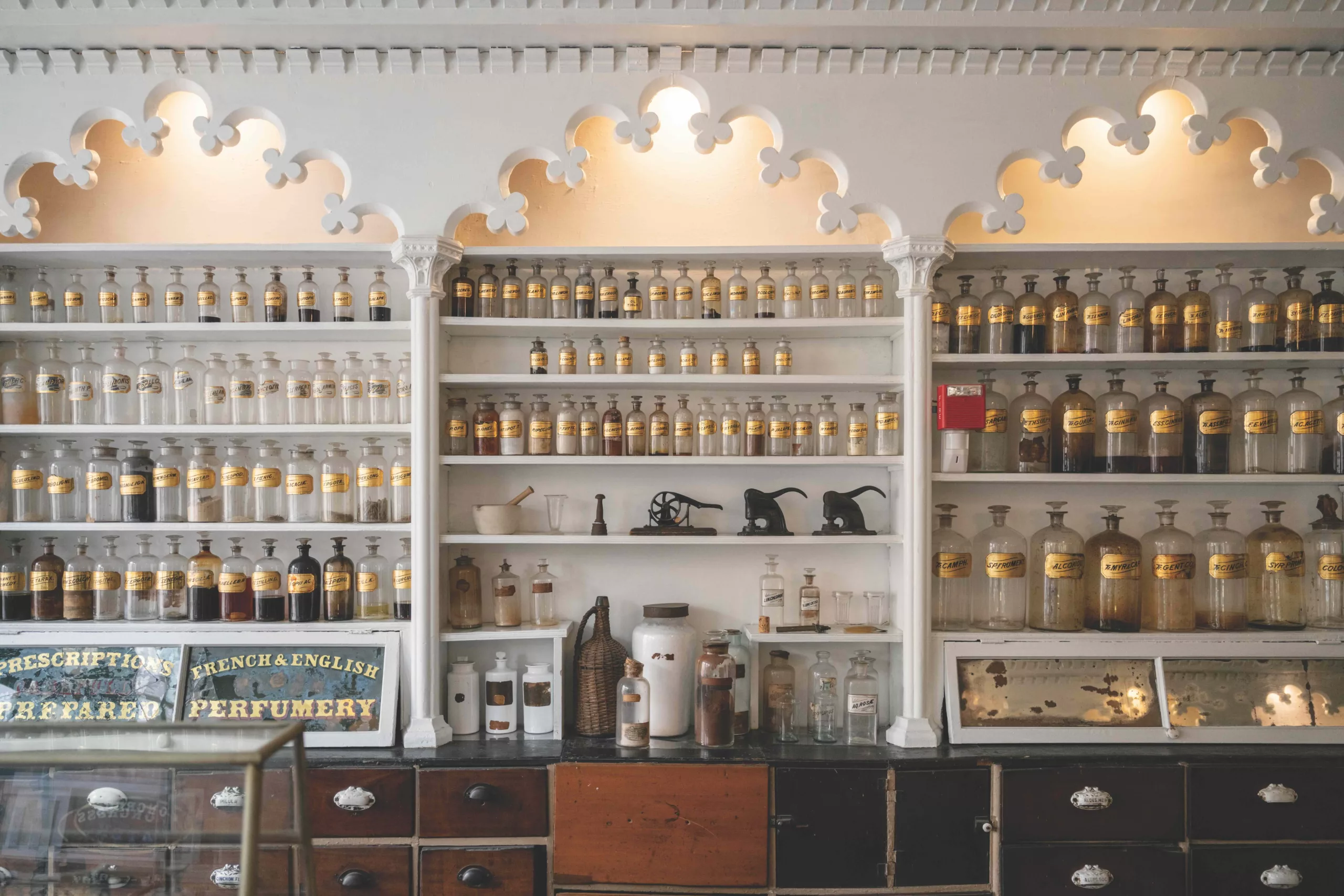Lauren Gleason, assistant director of education of the City of Alexandria, explains the fascinating ins and outs of the Stabler-Leadbeater Apothecary.
Imagine walking into a pharmacy today and asking for opium or morphine. You could—no prescription needed—at least until the 20th century rolled around. In 1914, the Harrison Narcotic Act was introduced into law, taxing and regulating the opioid industry.
It was common to see poisons and opiates bottled in bright-colored glass, like cobalt blue, and often with grooves or patterns to indicate their danger—especially helpful before electricity. In the later half of the 1800s, the American Pharmaceutical Association adopted a regulation stating that bottles containing substances like arsenic and cocaine should be labeled as poison—whether with the word or the infamous skull and crossbones. Visitors to the Stabler-Leadbeater Apothecary will see poison labels along the shelves.
Early medicine believed in the four humors theory: our bodies are made up of four liquids—phlegm, blood, yellow bile, and black bile, and sickness meant one or more were out of balance. A fever, for example, signaled too much blood, so bloodletting was the answer to lower the fever.
Familiar over-the-counter remedies still available today are recognizable on the shelves at the Alexandria apothecary, like 1920s bottles of Pepto-Bismol and Vicks Vapo Rub. There are also familiar plants, like ginger for nausea, as well as household.
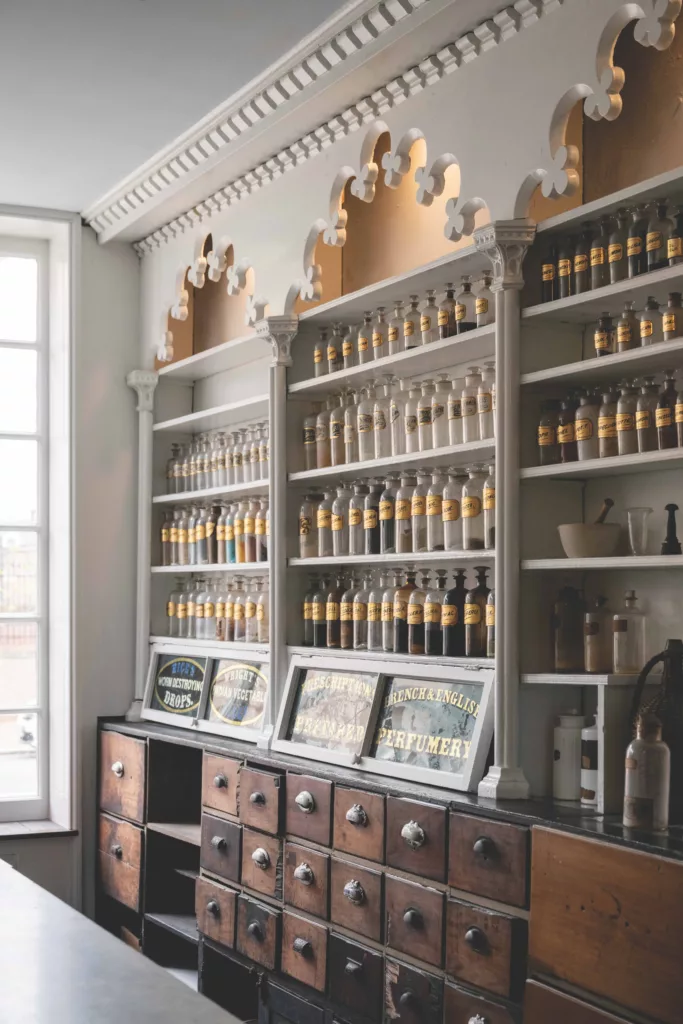
This wall of jars, vials, and drawers at the apothecary museum is displayed just as it was in 1933.
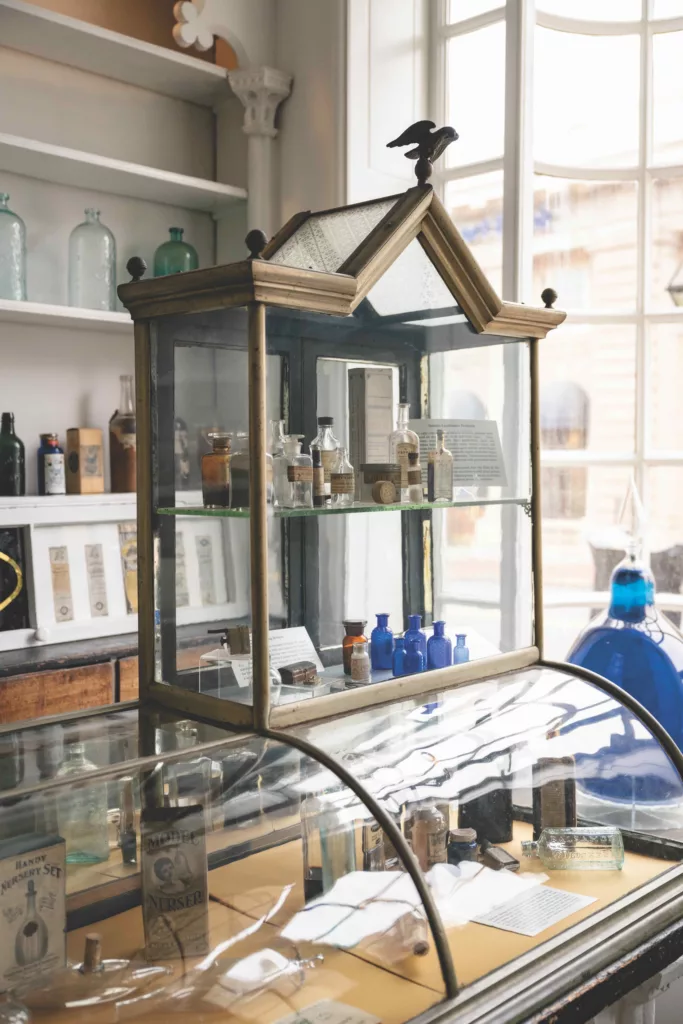
Display holds various jars and vials and remedies of the day, including a morphine and sugar water concoction marketed as “Baby’s Friend.”
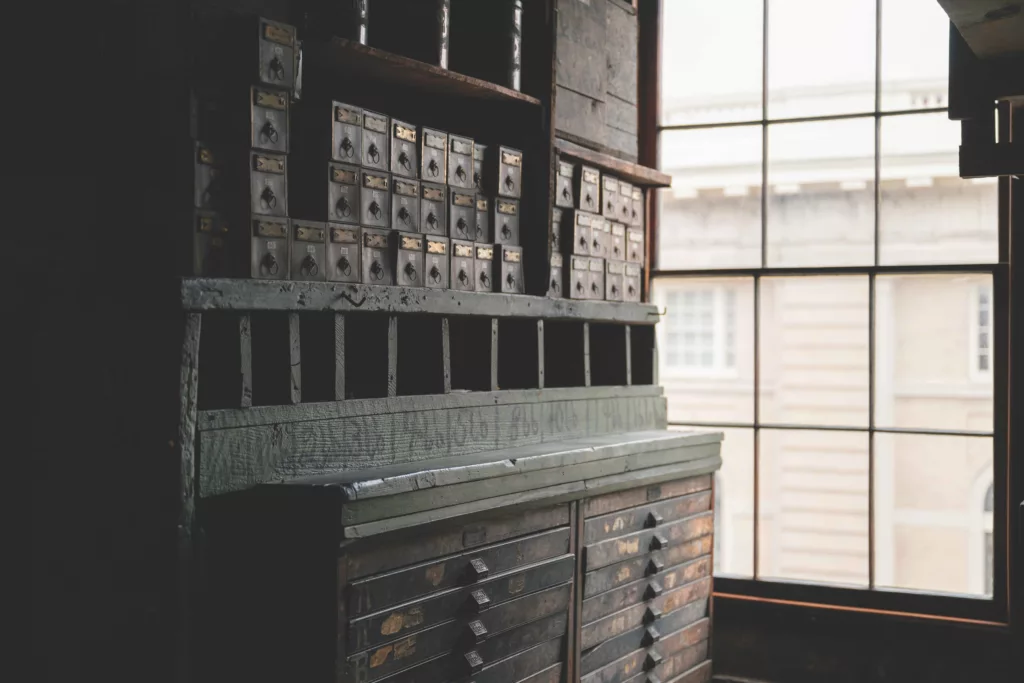
Upstairs is the apothecary’s work room and lab. Drawers and cubbies and shelves still contain the same material from 1933 when the business closed.
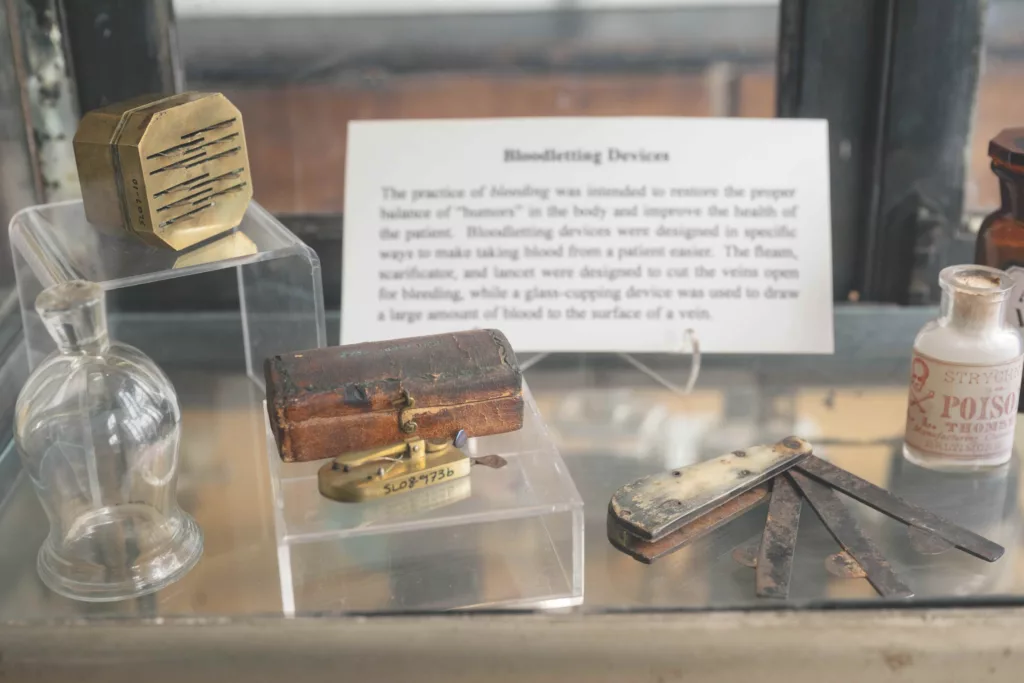
Original bloodletting tools on display. Photography by Sera Petras
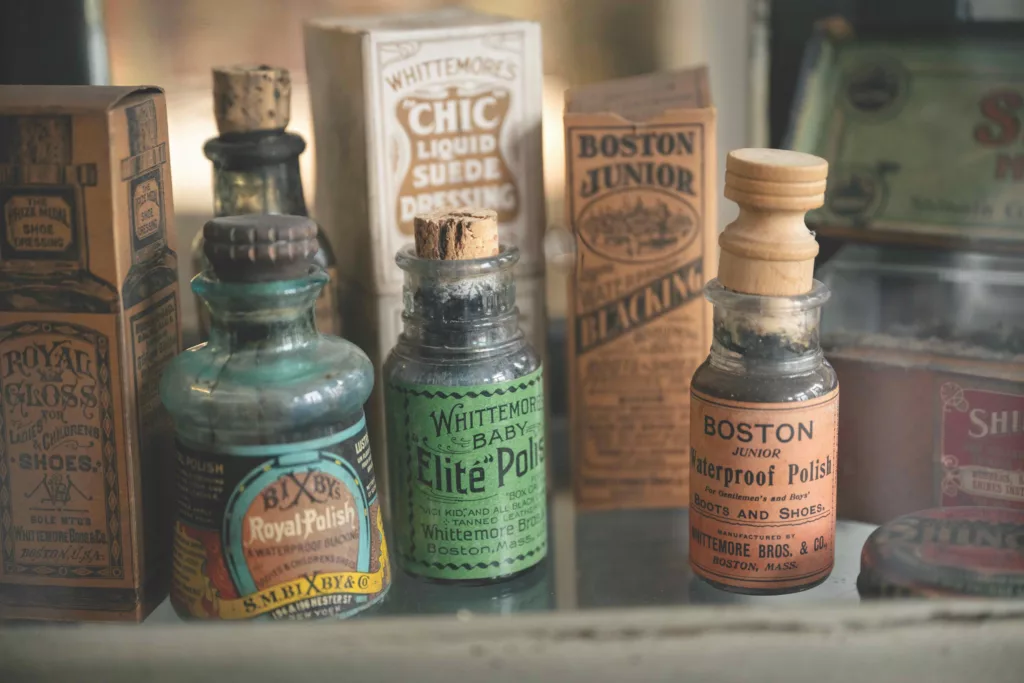
Click here for more things to do in Alexandria.
This article originally appeared in the June 2025 issue.

